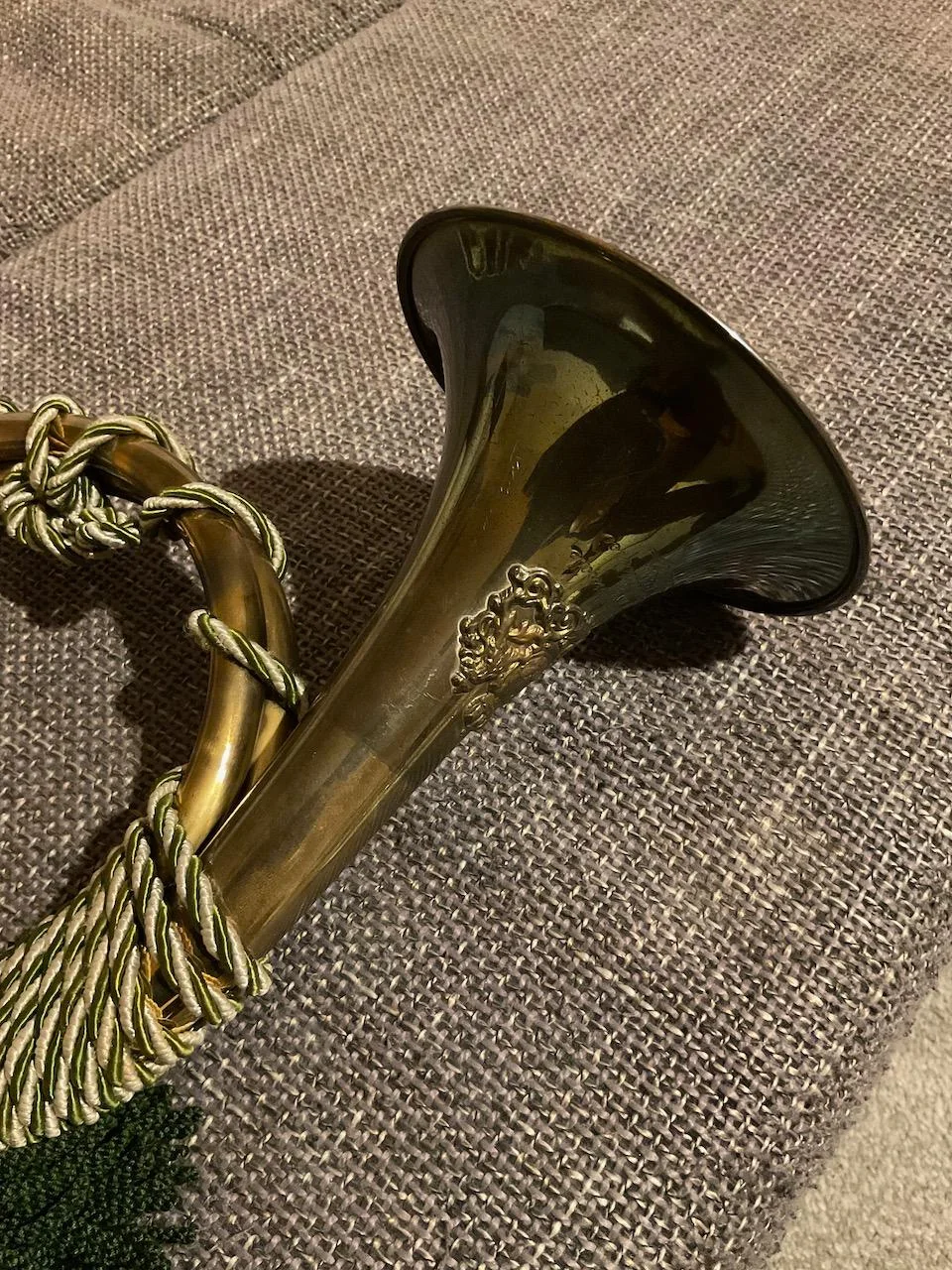Stamp: Coat of Arms of the Post and Telegraph Department of Russia (Russia, Civil War Regional Issues 1923)
Coat of Arms of the Post and Telegraph Department of Russia (Russia, Civil War Regional Issues 1923)
01 January (Russia, Civil War Regional Issues ) within release Vladivostok/Chita (Exchange Control) goes into circulation Stamp Coat of Arms of the Post and Telegraph Department of Russia face value 15 Russian kopek
| Stamp Coat of Arms of the Post and Telegraph Department of Russia in catalogues | |
|---|---|
| Michel: | Mi: RU-TC III |
| Yvert et Tellier: | Yt: RU-TC US3 |
Stamp is vertical format.
3 kopek stamp of 1917 with a lithographed surcharge in black This is a revenue stamp which was used to pay a tax on stamp exchanges. It was withdrawn shortly after being issued on instructions from Moscow. Listed under "Tausch-Kontrollmarken" in Michel and "Timbres d'Usage Spécial" (special usage stamps) in YvertAlso in the issue Vladivostok/Chita (Exchange Control):
- Stamp - Coat of Arms of the Post and Telegraph Department of Russia face value 15;
- Stamp - Coat of Arms of the Post and Telegraph Department of Russia face value 15;
- Stamp - Coat of Arms of the Post and Telegraph Department of Russia face value 15;
- Stamp - Emperor Peter I face value 10;
- Stamp - Empress Catherine II face value 10;
Stamp Coat of Arms of the Post and Telegraph Department of Russia it reflects the thematic directions:
A coat of arms is an heraldic visual design on an escutcheon (i.e. shield), surcoat, or tabard. The coat of arms on an escutcheon forms the central element of the full heraldic achievement which in its whole consists of shield, supporters, crest, and motto. A coat of arms is traditionally unique to an individual person, family (except in the United Kingdom), state, organisation or corporation.
Philately (/fɪˈlætəli/; fih-LAT-ə-lee) is the study of postage stamps and postal history. It also refers to the collection and appreciation of stamps and other philatelic products.While closely associated with stamp collecting and the study of postage, it is possible to be a philatelist without owning any stamps. For instance, the stamps being studied may be very rare or reside only in museums.
The post horn is a valveless cylindrical brass instrument with a cupped mouthpiece. The instrument was used to signal the arrival or departure of a post rider or mail coach. It was used by postilions of the 18th and 19th centuries.
A star is a luminous spheroid of plasma held together by self-gravity. The nearest star to Earth is the Sun. Many other stars are visible to the naked eye at night; their immense distances from Earth make them appear as fixed points of light. The most prominent stars have been categorised into constellations and asterisms, and many of the brightest stars have proper names. Astronomers have assembled star catalogues that identify the known stars and provide standardized stellar designations. The observable universe contains an estimated 1022 to 1024 stars. Only about 4,000 of these stars are visible to the naked eye—all within the Milky Way galaxy.




